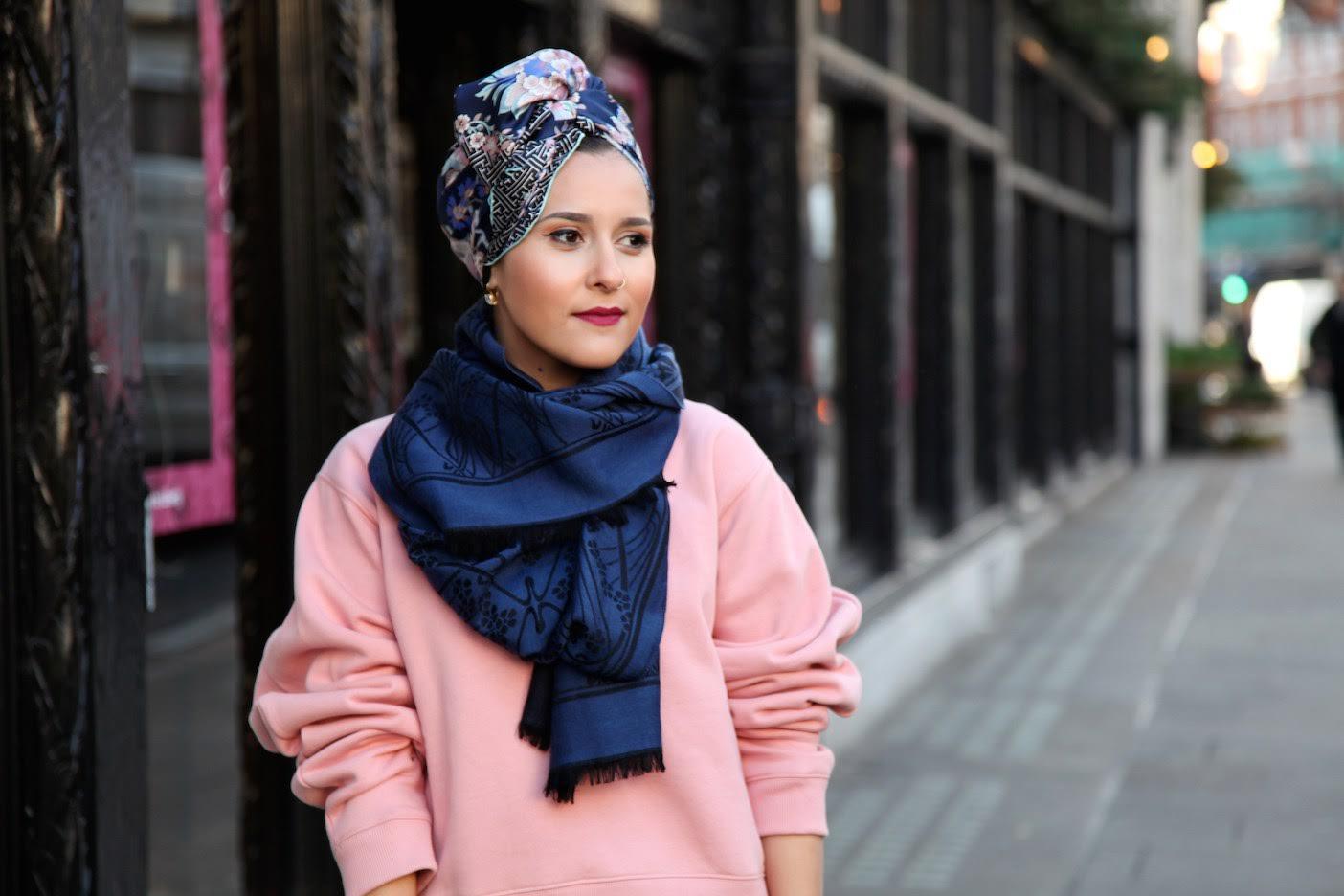Dina Torkia: Muslim vlogger speaks out about hijabs and the rise of ‘modest fashion’
‘I wanted to talk about Muslim women in a positive light’

Your support helps us to tell the story
From reproductive rights to climate change to Big Tech, The Independent is on the ground when the story is developing. Whether it's investigating the financials of Elon Musk's pro-Trump PAC or producing our latest documentary, 'The A Word', which shines a light on the American women fighting for reproductive rights, we know how important it is to parse out the facts from the messaging.
At such a critical moment in US history, we need reporters on the ground. Your donation allows us to keep sending journalists to speak to both sides of the story.
The Independent is trusted by Americans across the entire political spectrum. And unlike many other quality news outlets, we choose not to lock Americans out of our reporting and analysis with paywalls. We believe quality journalism should be available to everyone, paid for by those who can afford it.
Your support makes all the difference.When the fashion industry celebrates diversity, the whole world takes notice.
In recent years, models of a Muslim faith, such as 20-year-old Halima Aden, have been smashing stereotypes by showing the world that women who wear hijabs can be stylish and fashionable.
Over the past eight years, vlogger Dina Torkia has used her online platform as an outlet for her creativity and to spread awareness about “modest fashion”.
With over a million followers on Instagram and over 700,000 subscribers on YouTube, it’s safe to say that Torkia has made quite an impact ever since starting a Facebook page while at university to share photos of her modelling her self-made clothes.
Her passion for style grew out of an evident lack of awareness surrounding the way that Muslim women interact with modern fashion.
“I was really frustrated with the fact that there was no half-decent representation of Muslim women looking stylish, they always kind of looked drab and really religious, which can have negative connotations,” she told The Independent.
Torkia explained that “modest fashion” - which is simply when clothes are designed in a way that suits people who would prefer to show less skin - has gained popularity since she started vlogging, which has in turn had an impact on the clothes available to buy on the high street.
“Seven years ago when I would shop on the high street, it would be such a mission to find an outfit easily that was suitable for me. It would take me hours,” she says.
“I’d have to get a little dress, pair it over jeans and layer it underneath with a long-sleeved top. Back then the style just never looked right.”
Torkia has noticed that high street brands have undoubtedly become more inclusive for women who prefer to dress modestly over time.
However, while some brands may genuinely be thinking consciously about the modest movement by featuring Muslim men and women in their campaigns, she believes that others may only be doing so as a marketing ploy.
Last year, Torkia launched a YouTube series called “Your Average Muslim”, in which she interviewed a number of individuals to challenge perceptions about Muslim women.
Her interviewees included a hip-hop dancer, a powerlifter and a prison community development worker.
She has since been named one of Vogue’s “New Suffragettes” and is a part of YouTube’s Creators for Change campaign.
When asked to be a part of YouTube’s Creators for Change campaign in 2016, it was a no-brainer for the fashion vlogger.
The YouTube Creators for Change campaign brings together creators from around the world who inspire their audiences with messages of tolerance and acceptance, with their annual summit taking place in London yesterday.
“I basically decided to do what I know best which is to talk about Muslim women in a positive light,” Torkia says.
She explained how one of the biggest challenges that women who wear hijabs face in the fashion world is finding designers who are thoughtful enough to design clothes with Muslim women in mind as part of their normal collections, as opposed to designing clothes that appropriate their culture.
“We’re looking for the innovation of the designers just maybe taking a short skirt and making it longer just so we can wear it,” Torkia says.
“Now that we have Muslim models like Halima Aden, a hijabi model, it’s clear to see that things are definitely evolving.”
However, in order to achieve true equality, Torkia argues that women of all ethnicities and religions have to be treated in the same way.
“We’ll know when we have real inclusivity and freedom of speech and equality in the blogging world and in the fashion world, with every female whether she’s Muslim or not, when each one gets the same treatment,” she says.
Join our commenting forum
Join thought-provoking conversations, follow other Independent readers and see their replies
Comments